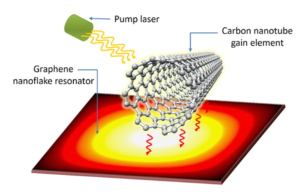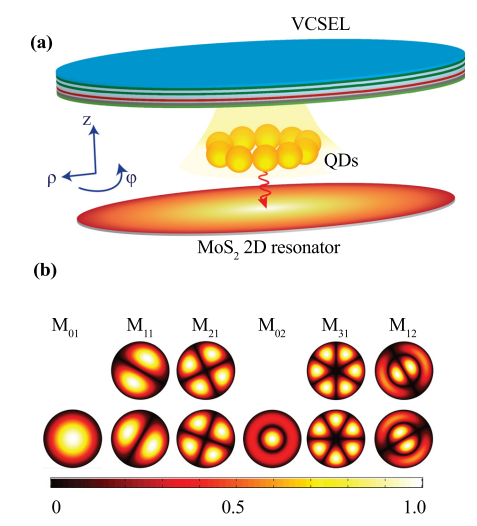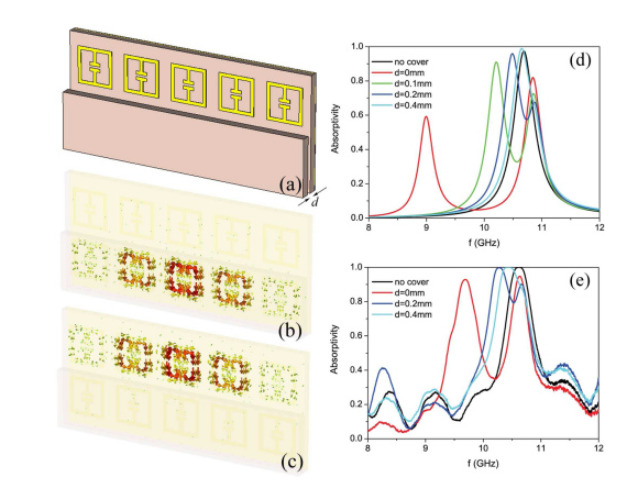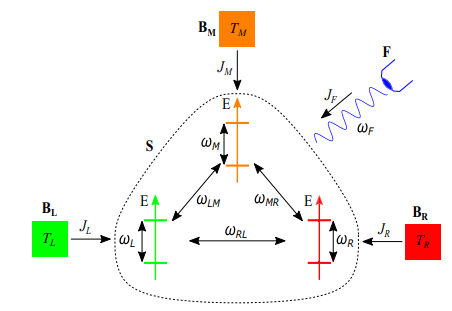
Carbon quickly absorbs light but getting it to emit light is more challenging. How to create an all-carbon spaser that is biocompatible and suited for therapy (e.g. cancer treatment) was described in [ACS-Nano(8),pp.2431-2438,(2014)] (also patented – US10 459 257B2 granted 29 October 2019).

Optical pumping to sustain spasing is easy, so problematic electric-pumping was not considered as a viable alternative. Electric-pumping can initiate spasing was shown in [ACS-Nano(11),pp.12573–12582,(2017)].

Aqueous solutions of 2D material, Molybdenum-Disulfide, shows acceptable biocompatibility in vitro and in vivo, thus suited for applications such as cancer therapy. Molybdenum-Disulfide can initiate spasing was demonstrated in [J.Appl.Phys.(119),pp.133101(2016)]

Efficient optical-absorbers are narrowband. How to build an efficient, wideband, optical-absorber was described in [Opt. Express(20),pp.6616-6621(2012)].

Even optical transistors work by the interplay of charge carriers. How to build a transistor that uses interactions of photons, phonons, and charge carriers. A fundamentally different way to control thermal-flow was described in [PRB(101),pp.245402(2020)].

Graphene is a natural substance. An artificial, configurable, graphene-like material for plasmons named “plasmene” was predicted and experimentally demonstrated in [ACS-Nano(8),pp.11086-11093,(2014)].

Free-standing plasmonic superlattices can be used to create flexible skin-like sensors as described in [ACS-Nano(6),pp.925-934(2011)] which has found applications in strain sensors in physiotherapy devices. An extension of these lattices to 3D-graphene structures whilst retaining 2Dmaterial properties with an added dimension to control the light-matter interaction was theoretically predicted and experimentally demonstrated in [ACS-Photonics(3),pp.1986–1992(2016)].